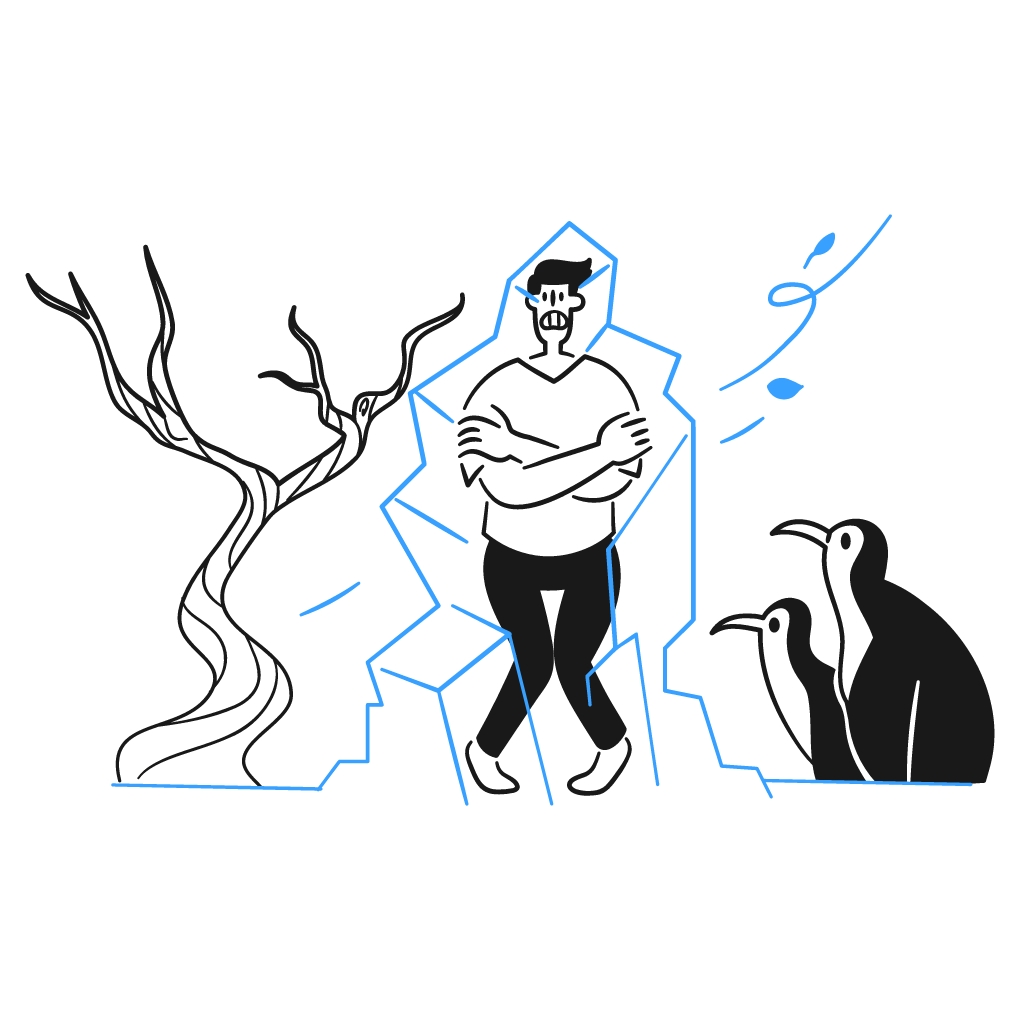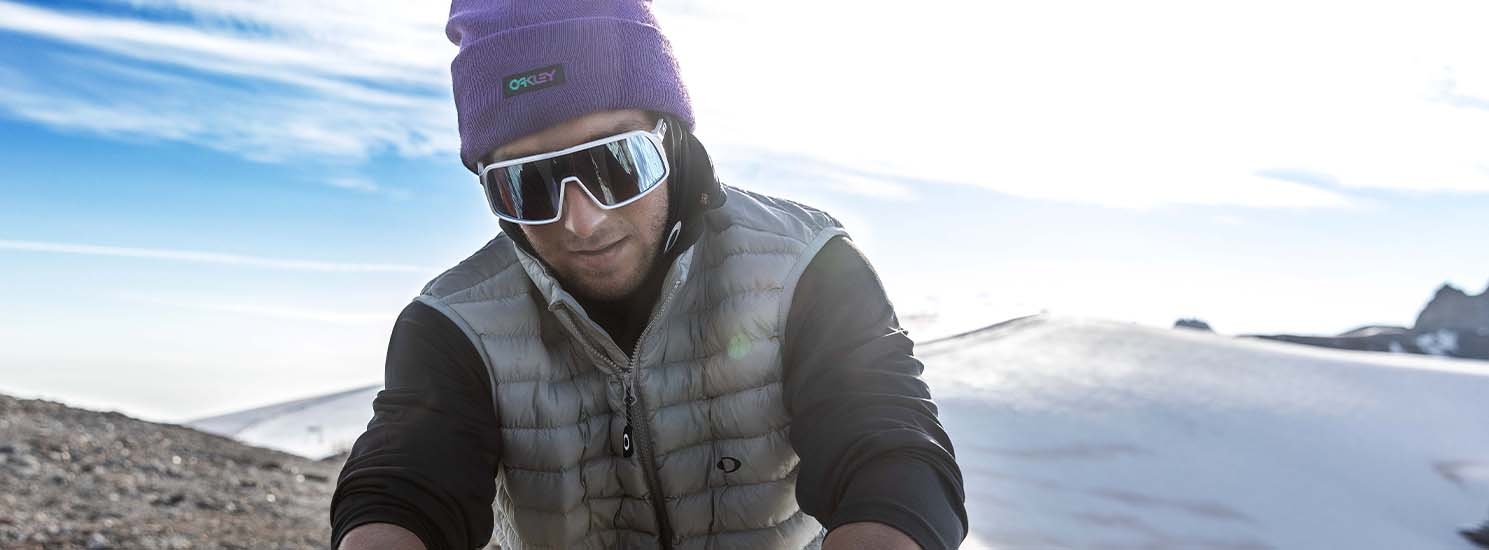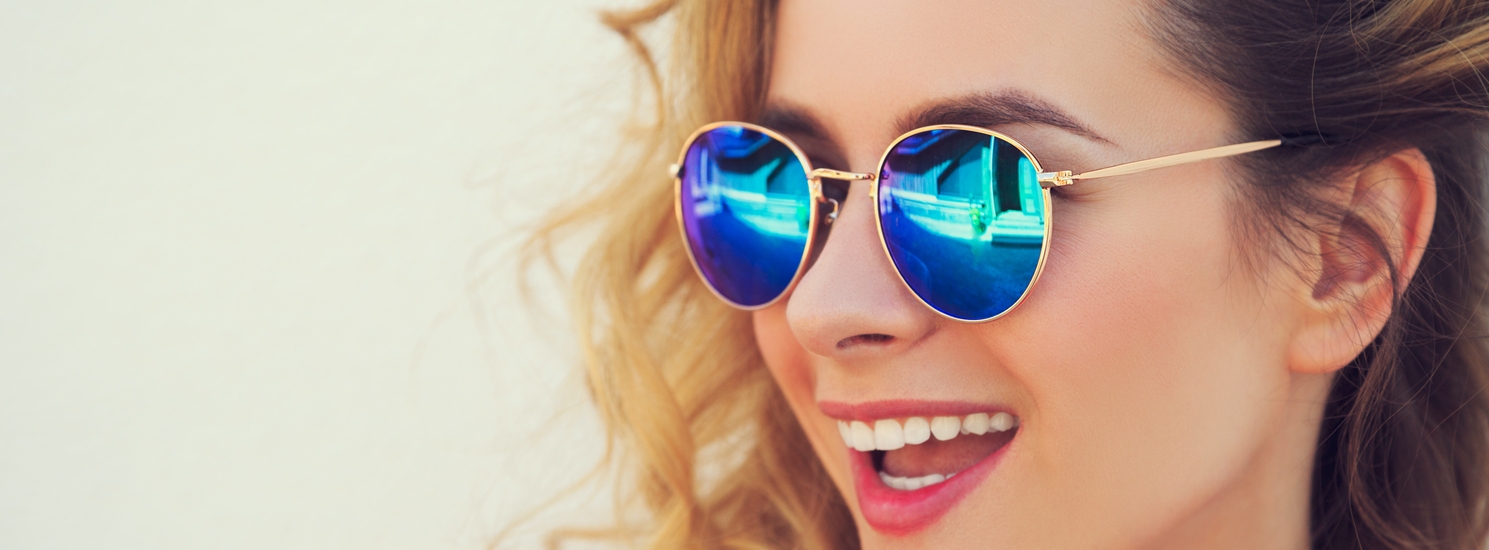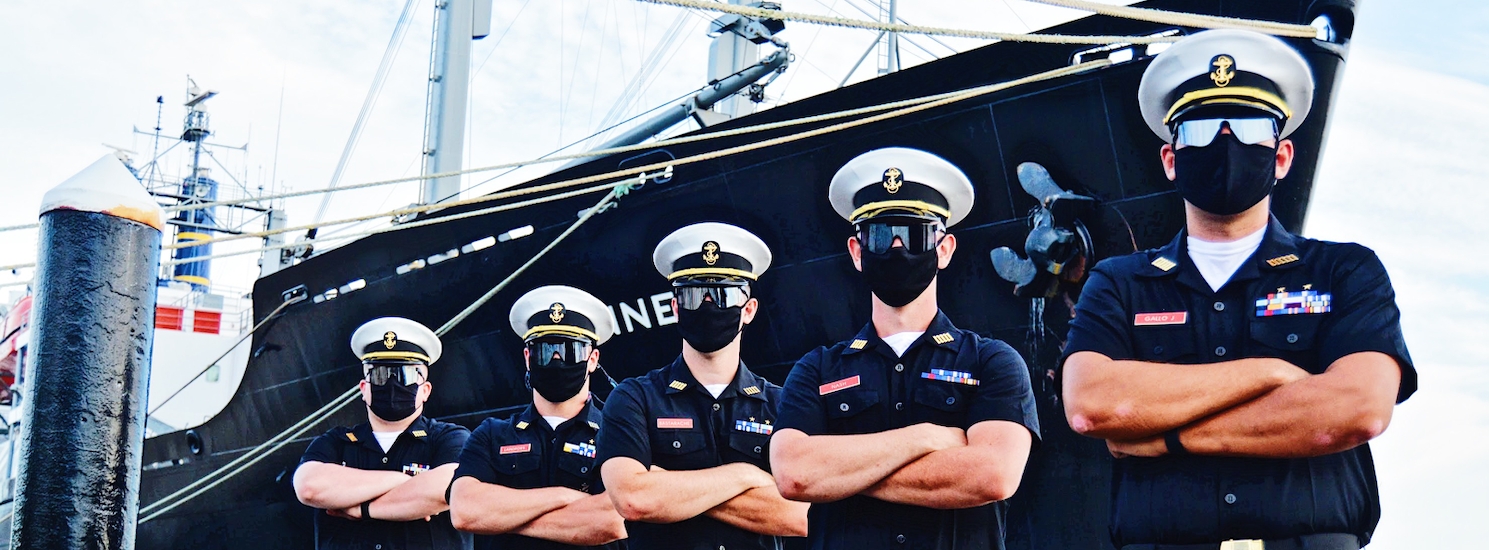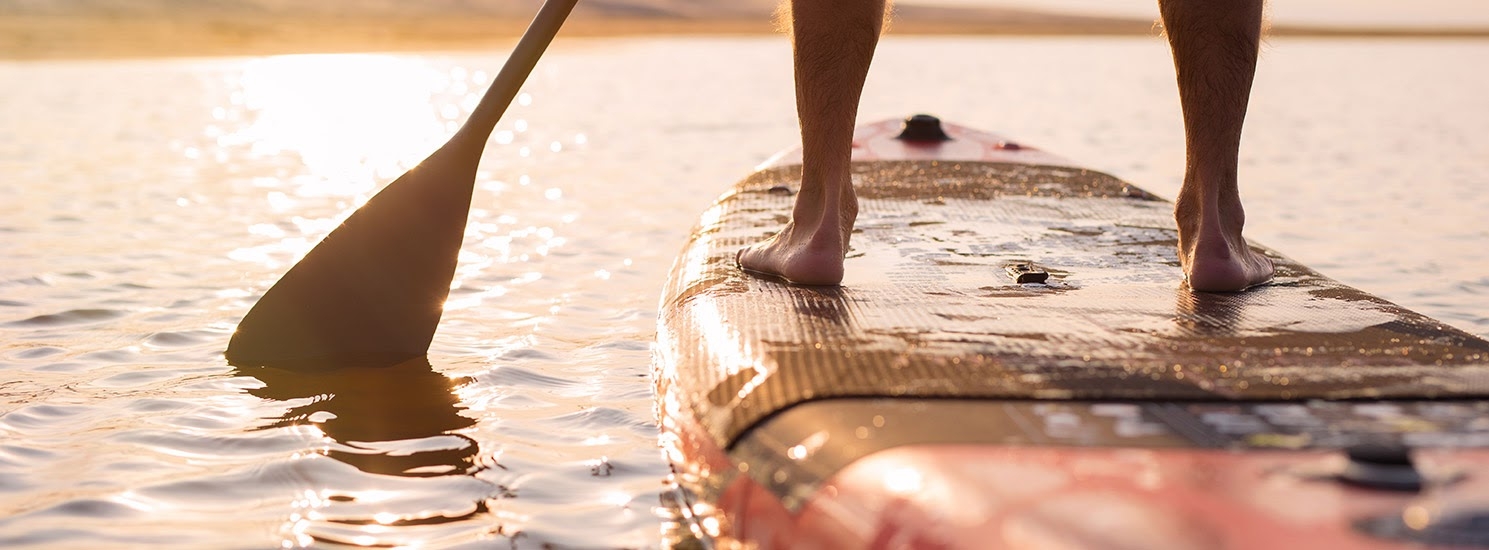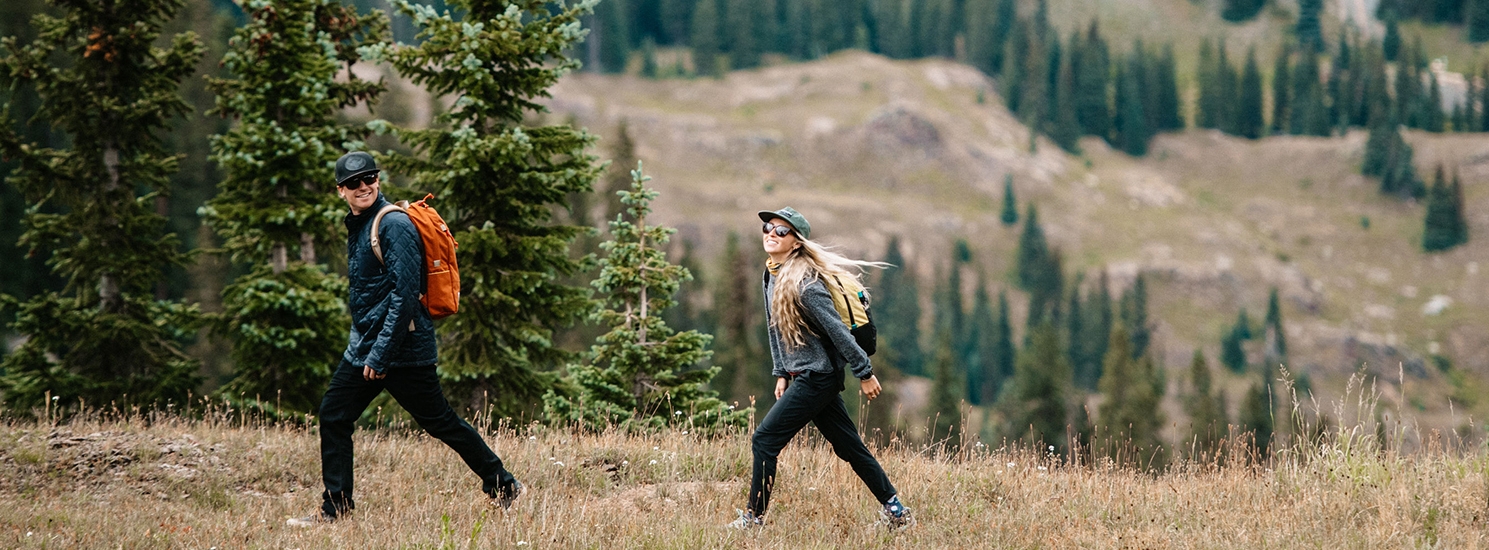Winter sports provide a thrilling way to enjoy outdoor vistas. All that glistening snow and ice is beautiful! But did you know that snowy landscapes can be dangerous to your eyes? Snow blindness is real.
Whether you’re skiing, sledding, ice fishing, or even just walking in a winter wonderland, you should invest in a pair of quality sunglasses.
Sun goggles are even safer! Oakley’s new Flight Tracker L Snow Goggles will help keep your eyes safe all winter long.
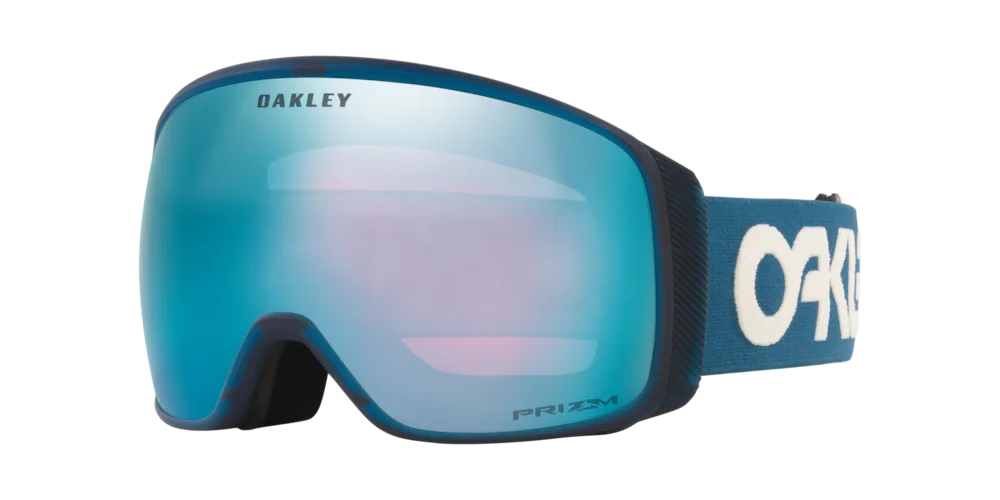
Oakley Flight Tracker L Snow Goggles
What Is Snow Blindness?
Doctors often compare snow blindness to a sunburn on your cornea. You depend on your cornea to focus your eyes, so you need it to be healthy. When it becomes damaged by ultraviolet radiation, the technical name is photokeratitis. (“Keratitis” means your cornea is inflamed. “Photo” refers to the light damage that causes that inflammation.)
You can get photokeratitis anytime your eyes are exposed to lots of sunshine. But snowy landscapes pose a special danger because they reflect so much of the sunlight. Not only is your eye hit by the rays coming down from the sun, but the ground also reflects those rays toward your eyes.
Snow isn’t nature’s only reflective surface. Sandy beaches and glistening lakes can also be hard on your eyes. But white snow is especially reflective, making snow blindness one of the most common kinds of photokeratitis. It’s a good idea to wear eye protection whenever you are spending time in the snow.1
Does Snow Blindness Really Make You Blind?
“Blindness” sounds scary, but photokeratitis generally does not cause complete vision loss. Still, the painful condition can temporarily make it difficult to see. Your vision can become blurry and you may see distracting halos around any light source.
How Long Does it Take to Get Snow Blindness?
Several factors influence how long it takes to get snow blindness, so it’s hard to put an exact number on how long it takes to cause eye damage.
For example, when you travel to a higher altitude, you are exposed to more UV light because the rays travel through less of our atmosphere. That’s another reason that winter sports, like mountain skiing, can be damaging to your eyes without proper protection.
Unnatural light sources can be even more dangerous for your eyes. If you’re ever welding, using a tanning bed, or disinfecting a surface with a UV light, you need more than regular sunglasses.
What Are the Symptoms of Snow Blindness?
You know how you don’t usually feel a sunburn until a few hours later? The same can happen with snow blindness.2 Symptoms often appear about six hours after exposure3, although the onset of pain can vary a lot by person and amount of exposure. Symptoms of snow blindness include:
- Eye pain
- Watery eyes or tearing
- Headache
- Light sensitivity
- Seeing halos around lights
- Blurry vision
- Feeling like something is in your eye
- Temporary loss of vision (in extreme cases)
Is Snow Blindness Permanent?
Snow blindness usually resolves itself in a couple of days. But that doesn’t mean it’s not serious. Recurring exposure to ultraviolet light can cause permanent damage to the eye. (Just as repeated sunburns can cause permanent damage to the skin.)
Repeated UV exposure to the eye has been linked to a host of serious conditions from cancer of the eyelid to cataracts and macular degeneration.4
In addition, a temporary case of snow blindness can become more complicated if you don’t take care of it. For example, if you keep rubbing your eyes, you could get a scratch on your cornea, which is painful and could even become infected.5
How Do You Prevent Snow Blindness?
Preventing snow blindness is as simple as decreasing sun exposure. But no one wants to stay inside all the time! When it comes to snow blindness, glasses and goggles are the answer. Let’s look at how you can reduce exposure without missing out on the fun.
- Wear sunglasses anytime you’re in the sun. Don’t let the cold weather fool you. A parka may protect most of your skin from sunburn, but your eyes are still getting exposed to lots of sunlight.
- Be especially cautious around reflective surfaces. Snow, sand, or water increase your risk.
- Be aware of other risk factors. As we mentioned, higher altitudes are more dangerous because the light has traveled through less of our protective atmosphere. That makes skiing an especially high-risk activity. (Also flying! That’s why pilots wear aviators.)
- Choose goggles! If your sunglasses sit even six millimeters away from your eyebrow, your eyes are still exposed to UV rays around the edges of your glasses.6 Goggles are fitted against your face and close that gap. (Bonus: They also keep your glasses from falling off when you’re hitting the slopes.)
Your eyesight is precious and needs to be protected. While most people will completely recover from an individual case of snow blindness, the experience can be painful and pose long-term risks to your eye health. Wearing appropriate eye protection – especially sun goggles – can help you enjoy the beauty of winter wonderlands for decades to come!
Sources
- Photokeratitis induced by ultraviolet radiation in travelers: A major health problem – PMC
- Winter Is Over but Snow Blindness Risk Remains
- Photokeratitis induced by ultraviolet radiation in travelers: A major health problem – PMC
- Photokeratitis induced by ultraviolet radiation in travelers: A major health problem – PMC
- Winter Is Over but Snow Blindness Risk Remains
- Photokeratitis induced by ultraviolet radiation in travelers: A major health problem – PMC

